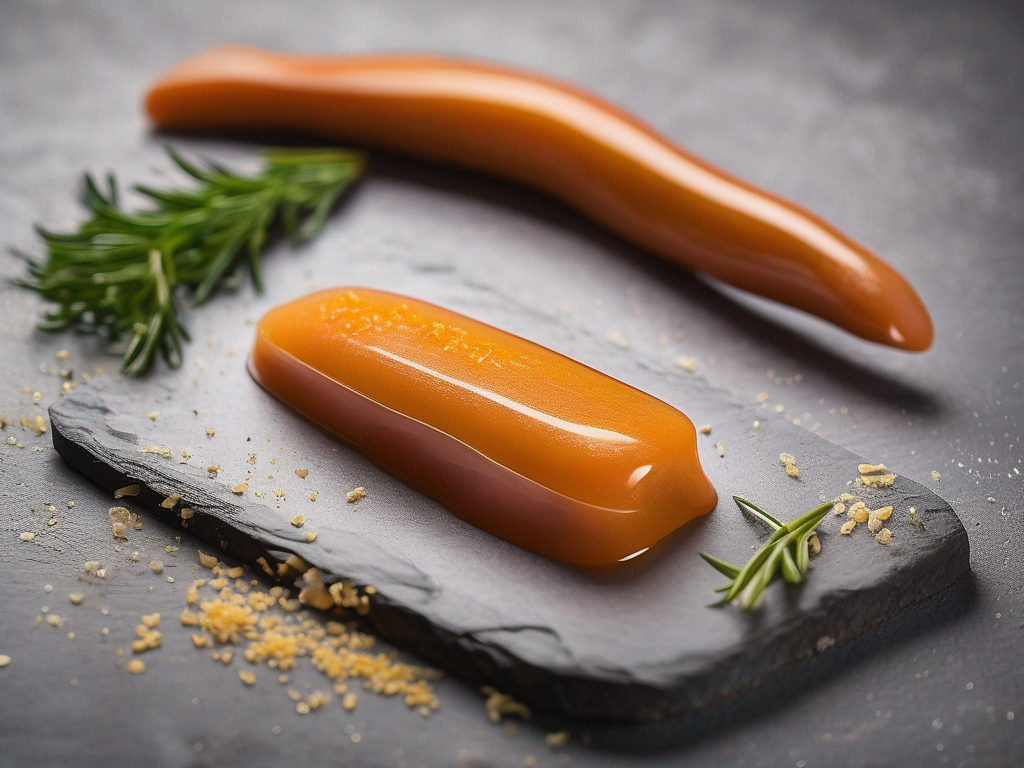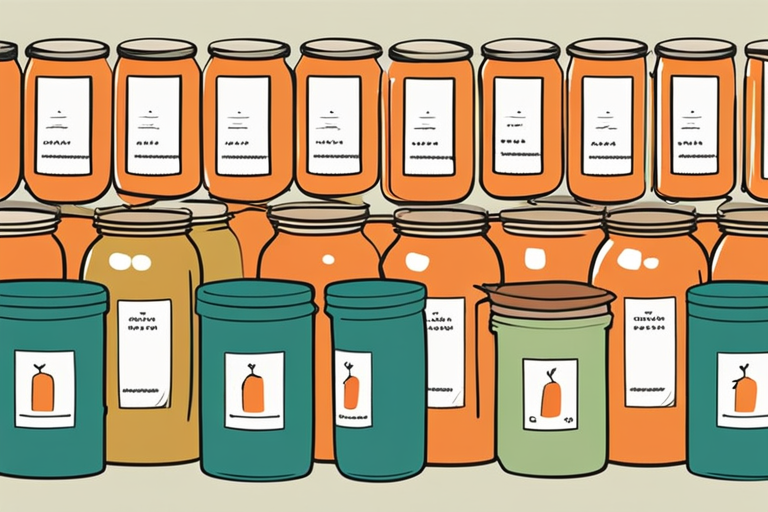
Preserving Bottarga: Can Canning or Pickling be an Option?
Get Your Free Food Safety Cheat Sheet
30 most common foods with instant answers. Print it and stick it on your fridge—completely free!
Preserving Bottarga: Can Canning or Pickling be an Option?
Bottarga, also known as "the caviar of the Mediterranean," is a delicacy made from the roe of grey mullet or tuna. This unique food item is cherished for its rich, briny flavor and is often used to elevate dishes with its umami-packed punch. However, due to its perishable nature, many enthusiasts wonder if bottarga can be preserved through canning or pickling methods. In this blog post, we will explore the possibilities of preserving bottarga and provide you with essential tips to ensure food safety and quality. (Bottarga)
Understanding Bottarga Preservation
Bottarga is traditionally cured and dried, which helps extend its shelf life significantly. However, if you are looking to further preserve this delicacy through canning or pickling, there are some important considerations to keep in mind.
Canning Bottarga
Canning bottarga involves sealing the product in airtight containers and subjecting them to high temperatures to kill any bacteria or microorganisms that could cause spoilage. While canning is a popular method for preserving various foods, it may not be suitable for bottarga due to its unique texture and flavor profile. Here are some reasons why canning bottarga may not be recommended:
- Texture Alteration: Canning can result in a change in the texture of bottarga, potentially making it less appealing.
- Flavor Loss: The high heat during the canning process can diminish the delicate flavors of bottarga.
- Safety Concerns: Ensuring proper canning procedures to prevent the growth of harmful bacteria can be challenging with bottarga.
Pickling Bottarga
Pickling bottarga involves submerging the product in a brine solution containing vinegar, salt, and spices. Pickling can add a tangy flavor to bottarga and help extend its shelf life. However, similar to canning, pickling may not be the ideal preservation method for bottarga due to its unique characteristics. Here are some considerations for pickling bottarga:
- Flavor Profile: Pickling may alter the natural brininess of bottarga, affecting its authentic taste.
- Texture Changes: The acidity of the pickling solution can impact the texture of bottarga, potentially making it mushy.
- Quality Maintenance: Maintaining the quality of bottarga during the pickling process requires precise control over ingredients and timing.
Safety Tips for Preserving Bottarga
When it comes to preserving bottarga, ensuring food safety is paramount. Here are some essential tips to keep in mind:
Proper Storage
- Store bottarga in a cool, dry place away from direct sunlight.
- Use airtight containers or vacuum-sealed bags to prevent exposure to air and moisture.
Hygiene Practices
- Wash your hands thoroughly before handling bottarga.
- Clean all utensils and surfaces that come in contact with bottarga to prevent cross-contamination.
Temperature Control
- Maintain a consistent temperature to prevent fluctuations that could lead to spoilage.
- Avoid exposing bottarga to extreme heat or cold.
Labeling and Date Marking
- Label containers with the date of preservation to track shelf life.
- Rotate bottarga stock to ensure older batches are used first.
Conclusion
While canning and pickling are popular methods for preserving various foods, they may not be the most suitable options for bottarga due to its unique texture and flavor characteristics. To enjoy the authentic taste and quality of bottarga, it is recommended to stick to traditional curing and drying methods. By following proper storage practices and food safety guidelines, you can savor the exquisite flavors of bottarga while ensuring its longevity on your culinary journey.
Preserving bottarga requires a delicate balance between tradition and innovation, and understanding the best practices is essential to maintaining its integrity. Whether you choose to enjoy bottarga in its traditional form or experiment with preservation methods, always prioritize food safety and quality to savor this Mediterranean treasure to the fullest. (Bottarga)

Authoritative Food Safety References
These agencies and university labs inform every tip and health precaution we publish.
USDA FoodKeeper – Cold Storage Guidelines
Official refrigerator, freezer, and pantry timelines maintained by the U.S. Department of Agriculture.
Visit USDA FoodKeeperFDA Produce Safety Rule & Grower Guidance
Field-to-fridge handling practices that prevent contamination of fruits, vegetables, and leafy greens.
Visit FDA Produce SafetyCDC Foodborne Illness Prevention Hub
Surveillance-backed guidance on pathogens, symptoms, and steps to reduce foodborne illness risk.
Visit CDC Food SafetyUC Davis Postharvest Technology Center
University research detailing optimal storage atmospheres for produce after harvest.
Visit UC Davis PostharvestPenn State Extension – Home Food Preservation & Safety
Peer-reviewed extension bulletins on safe canning, chilling, and reheating practices.
Visit Penn State ExtensionCan Bottarga be canned or pickled for preservation?
How long can Bottarga be stored without canning or pickling?
What are the signs of spoilage in Bottarga?
Can Bottarga be frozen for long-term storage?
How can I ensure the safety of preserved Bottarga?
Get Your Free Food Safety Cheat Sheet
30 most common foods with instant answers. Print it and stick it on your fridge—completely free! Want more? Upgrade to the complete guide with 70+ foods.
Scan your food directly and get instant safety info using our AI-powered camera feature.